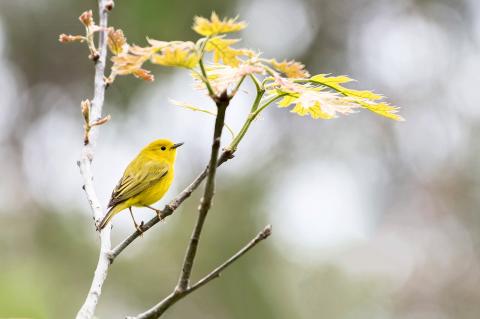To make your backyard bird-friendly, you'll need to think like a bird when making landscaping decisions.
Garden and Home
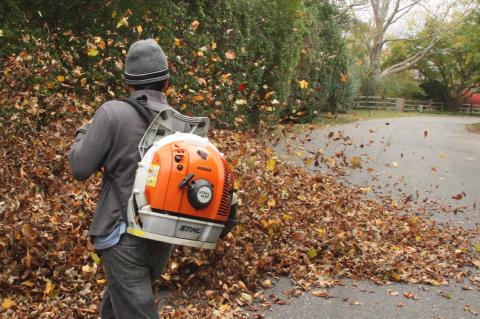 Remember, Leaf Blowers Are Regulated
Remember, Leaf Blowers Are RegulatedLike helicopters and jets, leaf blowers have long been the bane of many a South Fork resident’s existence, each one a portable spewer of pollutants and source of ear-splitting noise. But in towns and villages alike, enough residents got angry and organized, and governments listened. Today, the use of leaf blowers is restricted across the South Fork.
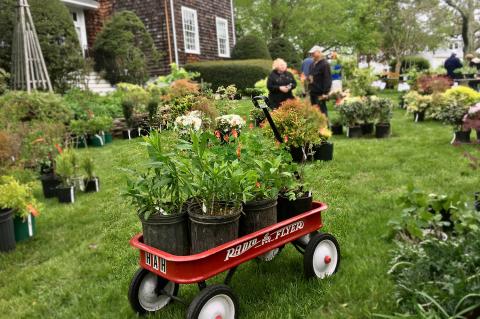 Save the Date
Save the DatePerhaps making up for two years of lost time, the spring and summer of 2022 will be filled with marvelous workshops, lectures, and benefits here on the South Fork.
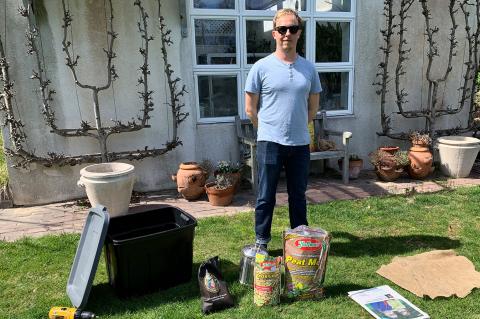 Scott Bluedorn on Vermiculture
Scott Bluedorn on VermicultureScott Bluedorn, an artist and activist living in Sag Harbor, is also an aficionado of vermiculture — a contained composting system in which earthworms break down food scraps to quickly create a mineral-rich soil amendment.
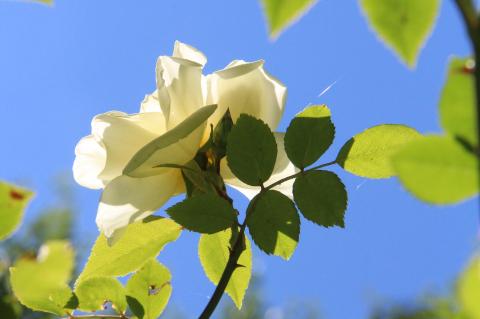 Stop and Smell the Roses
Stop and Smell the RosesIn the Northeastern United States, at least, these blossoms — whether red, pink, peach, yellow, white, or some combination of all — are at peak perfection starting in late May through June. As you stroll about, drive around town, or even take the train, here are some South Fork spots where you can find this favorite flower.
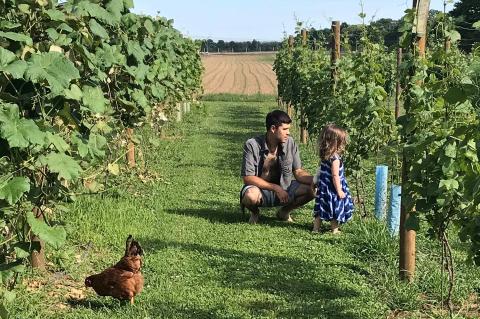 The Oenophile’s Garden
The Oenophile’s GardenBudbreak — when wine grapes’ winter buds open and begin to release their woolly leaves — has unfurled across the East End, perhaps inspiring people to dream of growing wine grapes of their own.
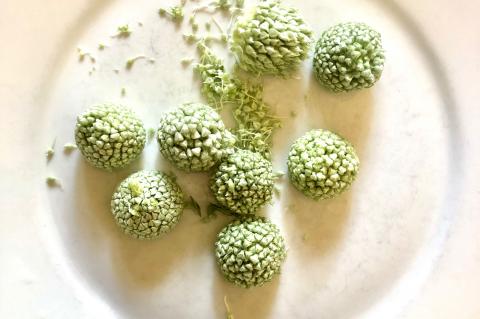 Wild Thing
Wild ThingWhere some see weeds, others, like Jill Musnicki of Sag Harbor, see "a hotbed of glorious biodiversity," to borrrow a phrase from The Guardian. Her front yard has been carefully cultivated into a pollinator garden with native plants undesirable to some but "a miracle" to bees, butterflies, birds, and all kinds of beneficial insects.
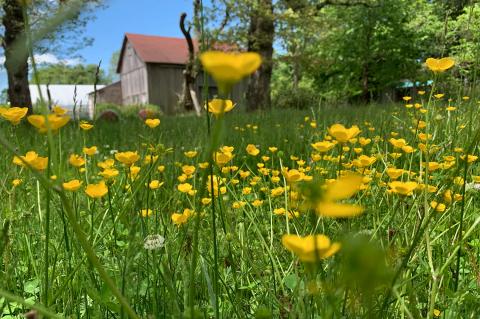 Abuzz About Pollinator Pathways
Abuzz About Pollinator PathwaysWhat are pollinator gardens and why are so many people talking about them right now? The idea, according to the organizers of the Pollinator Pathway movement, is to manage backyards without pesticides and with native plantings so they can connect with parks and preserves, creating a sort of bird and insect “refuge corridor,” an "archipelago" of habitats.
 For Your Moment of Zen
For Your Moment of ZenPriya Kapoor Lasky started her business, Own Retreat, based on a simple question: If you desire peace in your life, why not create a dedicated space in which to seek it? She is referring to Zen, meaning a sense of calm, quiet focus, often derived from Buddhism and other philosophies in Asian and South Asian cultures.
The Star's Hunter-Gatherer has gone shopping for things that can be useful inside and outside. They'll bring the spirit of outside inside, and the comfort of inside outside — yes, you can have it both ways.
Last summer, I cared for several dozen future butterflies that were raised in a Monarch Waystation garden in Bridgehampton. Created by Cindy Warne, the garden provides milkweed for caterpillars and nectar-rich plants for butterflies once they emerge from their chrysalids.
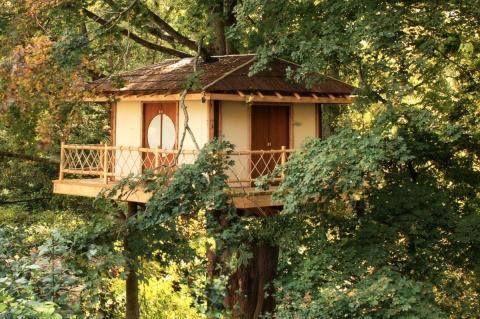 High-Up Hideaways: East Hampton Couple Builds Treehouses Worthy of Fairy Tales
High-Up Hideaways: East Hampton Couple Builds Treehouses Worthy of Fairy Tales"Historically, treehouses have been the setting for adventurous, magical escapes. Treehouses are also a timeless American tradition, an escape for 'kids' of all ages. Jimmy Carter even built a treehouse for his daughter on the White House lawn."
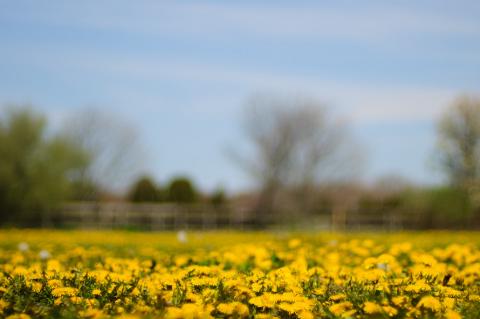 In Defense of Dandelions
In Defense of DandelionsThese small, sunny flowers, scorned by many keepers of the East End's rambling stretches of unbroken green lawn, are looked down upon as weeds — but at what cost?
Along with the benefits and challenges of keeping koi comes their symbolism of strength and perseverance.
 Q. and A.: Health Care for Your Landscape
Q. and A.: Health Care for Your LandscapeProper landscaping starts with a plan, which may involve a homeowner calling in professional help. That's according to Jeff Peters of East Hampton, who started his landscaping company, JCP Landscaping, in 1999. He works throughout East Hampton, Bridgehampton, Sag Harbor, North Haven, and Water Mill. Many of his 16 employees have been with him for 20 years. Mr. Peters shared some landscaping advice with The Star.
Like oyster farming, raising chickens is a growing phenomenon on the South Fork, with poultry practitioners describing a low-maintenance operation that has multiple benefits of the environmental and gastronomic varieties, with little if any downside.
 Tip Sheet: How to Spot Your New East End Hideaway
Tip Sheet: How to Spot Your New East End HideawayIt's not too late to join the crowd of East End house hunters. The Covid-19 pandemic may have kicked off a stampede of buyers, but real estate pros expect that demand will remain high long after vaccinations usher in herd immunity. That's according to Nicole Tunick, who works alongside her husband, Zachary Tunick, as a Douglas Elliman Real Estate team.
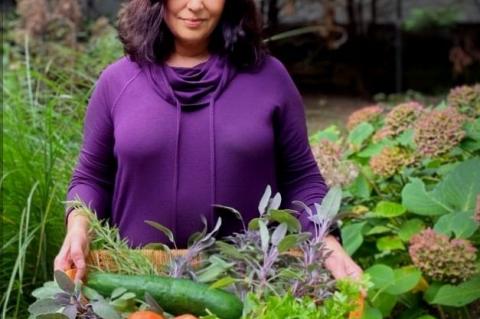 What, Where, When: Not-to-Be-Missed Home and Garden Events in 2021
What, Where, When: Not-to-Be-Missed Home and Garden Events in 2021The Power of Stitchery: Nui Project and Sashiko
April 25, 4:30-6 p.m., LongHouse Reserve, $35/$25 members
In a virtual lecture through the LongHouse Reserve, Yoshiko Iwamoto Wada, a leading expert in Japanese textile techniques, will continue to illuminate craft and textile design through discussion of ancient and modern Japanese stitchery practices. In rural Japan, cold winters and harsh physical work required sashiko stitchery, which reinforced textiles and made them both functional and decorative.
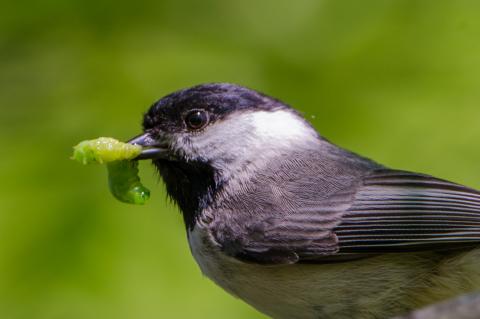 An Idea That's for the Birds, Literally
An Idea That's for the Birds, LiterallyThe idea behind the new 2/3 for the Birds campaign is simple: By planting two-thirds of one's property with native greenery and abstaining from the use of pesticides, homeowners can help local bird species make a comeback. Experts say it's a critical way to restore avian populations that have been dying off since the 1970s.
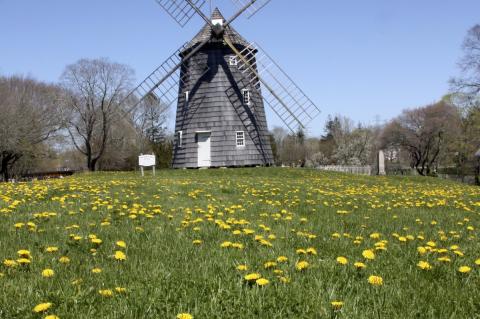 Recipe: Dandelion Greens with Ham Hock and White Beans
Recipe: Dandelion Greens with Ham Hock and White BeansTony Piazza of Piazza Horticultural Group shared a favorite recipe created by his grandmother, who grew up in Caserta, Italy. "This simple preparation was a spring staple growing up," Mr. Piazza said.
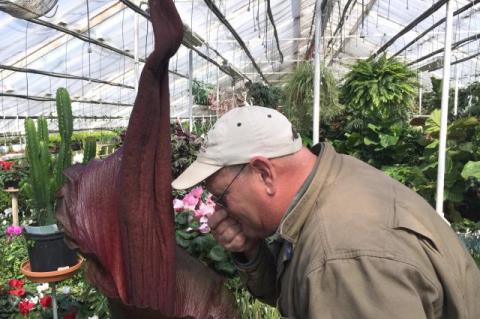 Stinky Flower's Rare Bloom on Display in East Hampton
Stinky Flower's Rare Bloom on Display in East HamptonPlant fanciers interested in unusual flora will want to stop by Wittendale's Florist in East Hampton, where the rare large bloom of a corpse flower is currently filling the greenhouse with its distinctively pungent odor.

